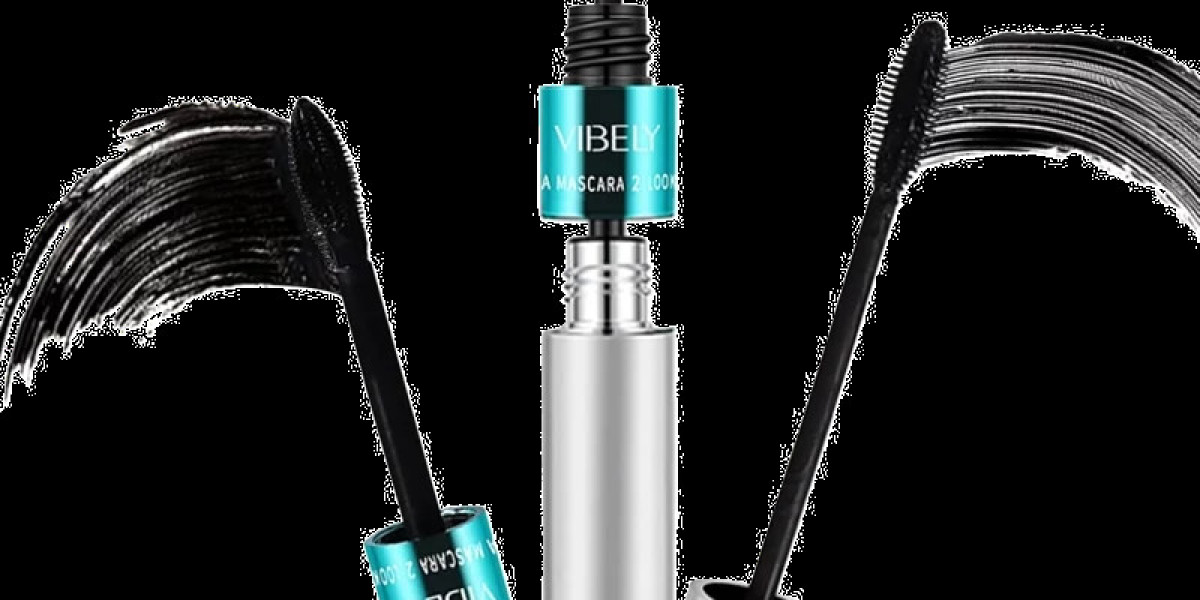Introduction
While content and backlinks often steal the spotlight in SEO discussions, technical seo forms the solid foundation on which every successful website is built. It ensures that search engines can crawl, index, and render your website without friction. Without proper technical optimization, even the most valuable content may never reach its audience.
In this article, we’ll explore what technical SEO is, why it matters, and which elements you must optimize to give your website the best chance at high visibility in search results.
What Is Technical SEO?
Technical SEO refers to the process of optimizing your website’s infrastructure to improve search engine crawling and indexing. It involves enhancements that make your site more efficient, faster, secure, and easier to understand for search engines.
In short, technical SEO is about eliminating roadblocks between your website and search engine bots.
Why Is Technical SEO Important?
Search engines like Google use crawlers to evaluate and index pages. If your site has broken links, slow load speeds, or duplicate content, it can confuse crawlers and hinder your visibility in search results. Technical SEO ensures that all your content can be found, understood, and ranked efficiently.
Core Components of Technical SEO
1. Website Crawlability and Indexability
Crawlability refers to how easily search engine bots can discover your pages. Indexability determines whether those pages can be added to the search engine’s index.
Optimization Tips:
Submit an up-to-date XML sitemap to Google Search Console
Use a clean robots.txt file that doesn’t block important pages
Ensure noindex tags are only applied where necessary
2. Website Speed and Core Web Vitals
Google considers page speed a ranking factor, especially as part of its Core Web Vitals: Largest Contentful Paint (LCP), First Input Delay (FID), and Cumulative Layout Shift (CLS).
Best Practices:
Compress and properly size images
Use browser caching
Minify CSS, JavaScript, and HTML
Use a reliable content delivery network (CDN)
3. Mobile-Friendliness
With mobile-first indexing, Google primarily uses the mobile version of your site for ranking. A responsive design is non-negotiable.
Ensure:
Text is legible without zooming
Buttons are appropriately spaced
Content fits within the screen without horizontal scrolling
4. Secure Website (HTTPS)
Security is a must for modern websites. HTTPS encryption protects user data and is a confirmed Google ranking factor.
Checklist:
Install an SSL certificate
Redirect all HTTP URLs to HTTPS
Avoid mixed content issues
5. Structured Data and Schema Markup
Structured data helps search engines understand your content better, which can lead to rich results in SERPs—such as review stars, FAQs, and product information.
Common Schema Types:
Article
Product
Review
FAQ
Local Business
Use tools like Google’s Rich Results Test to validate your markup.
6. Canonical Tags and Duplicate Content
Duplicate content confuses search engines and dilutes ranking technical seo agencies potential. Canonical tags tell search engines which version of a page to index.
Recommendations:
Use canonical URLs on similar or duplicate pages
Avoid creating multiple URLs with the same content
Use consistent internal linking
7. URL Structure Optimization
Clean and descriptive URLs are easier for both users and search engines to understand.
Good URL Structure:
✅ www.example.com/technical-seo-guide
❌ www.example.com/index.php?id=98234
8. Fixing Broken Links and Errors
Broken links create a poor user experience and may prevent crawlers from indexing your site properly.
Maintenance Tips:
Regularly scan your site with tools like Screaming Frog
Fix 404 errors and redirect removed content to relevant pages
Monitor server errors (5xx issues)
9. Pagination and Crawl Depth
Sites with large volumes of content need proper pagination to help search engines find deep content without excessive crawling.
Tips:
Use rel=“next” and rel=“prev” tags appropriately (deprecated but still relevant in structure)
Keep important content no more than 3 clicks from the homepage
10. International SEO (if applicable)
If your website targets multiple regions or languages, use hreflang tags to indicate language and regional targeting.
Essential Tools for Technical SEO Audits
Google Search Console – Monitor indexing issues and performance
Google PageSpeed Insights – Analyze speed and Core Web Vitals
Screaming Frog SEO Spider – Deep crawl analysis
Ahrefs / SEMrush – Technical SEO health checks and suggestions
Schema Markup Validator – Test and verify structured data
Conclusion
Technical SEO is not glamorous, but it's essential. Think of it as the invisible architecture of your website—when it’s built right, everything else performs better. From crawling and indexing to speed and mobile usability, technical SEO ensures that your content has the strongest possible foundation to rank well.
Visit Us: https://www.a1jinternational.






